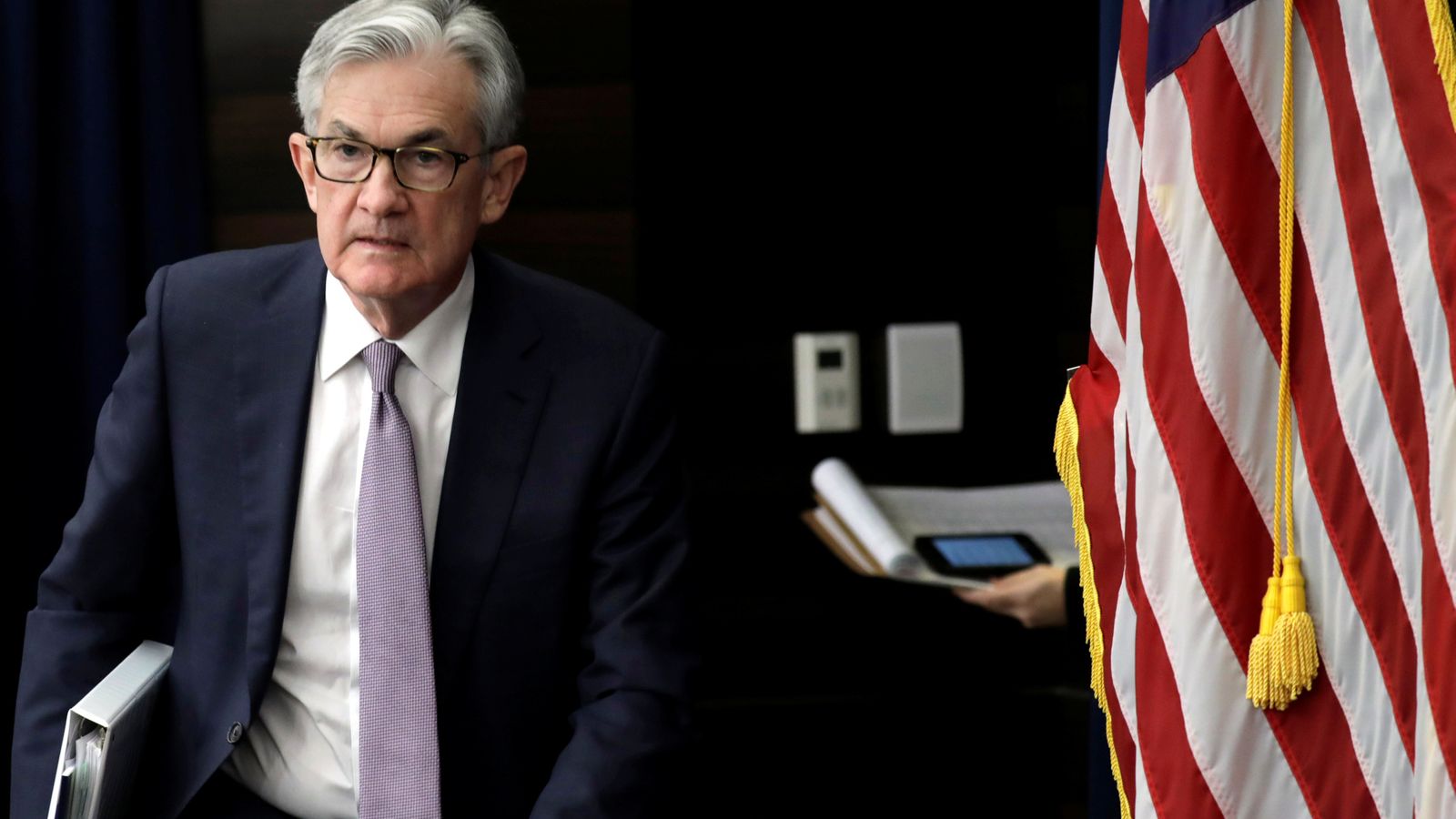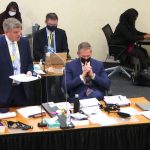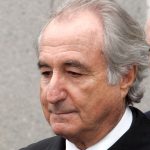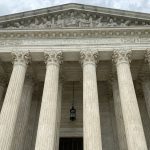America’s central bank jolted markets after signalling it may start hiking interest rates from their present ultra-low level earlier than previously planned.
Wall Street shares slid after policymakers at the US Federal Reserve forecast that they would raise their benchmark rate twice by late 2023, having before now seen no increase taking place until 2024.
The Fed’s low rate policy has helped fuel a rapid rebound from recession in the world’s biggest economy but the pace of the recovery, coupled with rising inflation, has prompted questions about when the support will ease off.
Fed chair Jerome Powell told a news conference that the recovery remained incomplete – with unemployment still well above pre-pandemic levels – but that the conditions for hiking rates now looked likely to arrive “somewhat sooner than previously projected”.
The Fed said in a statement: “Progress on vaccinations has reduced the spread of COVID-19 in the United States.
“Amid this progress and strong policy support, indicators of economic activity and employment have strengthened.”
Mr Powell said that inflation has “increased notably in recent months” as the Fed lifted its projection for price growth this year sharply from 2.4% to 3.4%.
That was blamed on a combination of supply bottlenecks and a surge in demand as the economy reopens.
But Mr Powell reiterated the view that this should prove temporary and that inflation should ease back over the next couple of years.
In New York, shares slipped, with the Dow Jones Industrial Average down by about 1% shortly after the Fed’s announcement before paring back some of the losses.
Markets have powered to record highs on the back of the Fed’s support, which has come at the same time as multi-trillion dollar spending from both the Trump and Biden administrations to help the country through the pandemic.
The Fed’s policy has helped keep consumer and business loans cheaper, helping the wider economy.
It has also made shares traded on Wall Street more attractive for investors with interest rates and yields on government bonds low.
For now there is no sign of any immediate change, with the central bank holding its benchmark short-term interest rate near zero and saying it would keep buying $120bn in bonds each month to support the recovery.
The Fed reiterated its pledge that it awaited “substantial further progress” before beginning to normalise monetary policy.
But any move will have repercussions across the rest of the world, particularly in emerging markets where investment inflows and debt repayments may be at stake.
The latest Fed decision – which follows figures last week showing US inflation at its highest since 2008 – comes on the same day as UK figures also show a pick-up in inflation.
That poses a similar challenge for the Bank of England in trying to work out how to keep a lid on the risk of price surges without jeopardising the recovery or alarming markets.






















